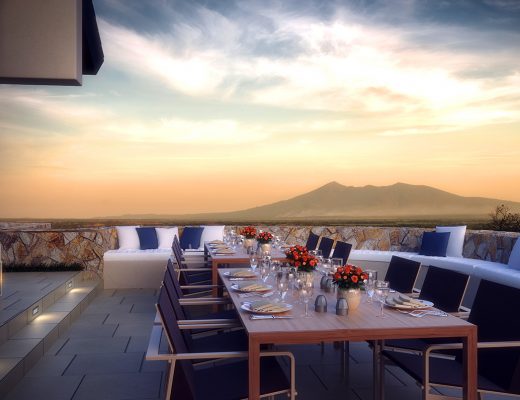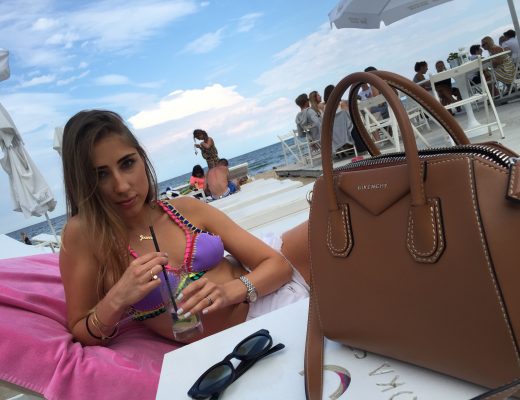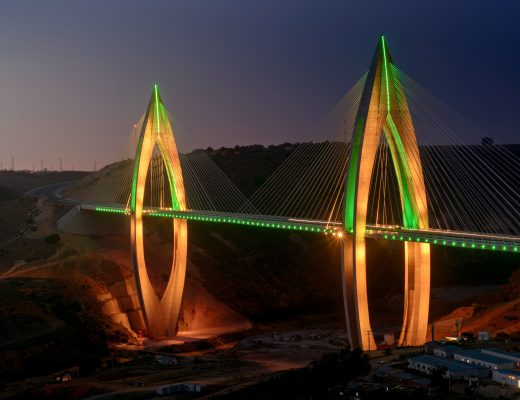Meet Gianna Dispenza; a young American artist currently residing in Beirut, creating some of the most unique and captivating works of our time. Her art which tends to organically morph into an abstract creation of the utmost originality is like nothing else. Having graduated the acclaimed San Francisco Art Institute, the philanthropic hearted Dispenza spends much of her time bringing art into the lives of underprivileged refugees. We spoke exclusively with Gianna about art & life in the Paris of the Middle East.
What are you currently inspired by?
“I’ve always been interested in and inspired by people. Right now, my direction is turning toward a study of form, character, and a return to biomorphic, gestural bodies.”
Being a frequent traveler, how has your exposure to multiple cultures influenced your work?
“Different places have always influenced my work, but I recently experienced a bigger shift. I’ll have to backtrack a bit to answer this question, though. In college I began studying art history more thoroughly and it opened up a dialogue between my own paintings and sculptures and the work of other artists and movements through history. For example, I might have made a painting where the brushstrokes referenced Cézanne, and that reference invited a conversation on perspective. This happened both intentionally and unintentionally, but whatever the case, when someone looked at the piece, a connection was suggested between my work and history. It was subtle, but I took for granted how much the culture and history of Western art contextualized my work.
Now, I am living in Beirut, a place with a very different history and naturally a very different art history. So suddenly, the influences of artists or movements that my work had been in conversation with were abruptly removed from their context. I realized that people viewing my work now couldn’t relate because I was asking them to relate to the art history of a different part of the world. My work needed to adjust to a new place and culture.
For a number of reasons, I now feel the need to return to a more basic study of character and form. Not necessarily realism but relating to the figure. The pieces will naturally become more and more abstract, but there is a space on the border of abstraction and representation where I think my work has always been strongest. I recently had a very conceptual and abstract exhibition in Beirut, and in moving forward, I hope to produce something that is more representational and ultimately more human.”
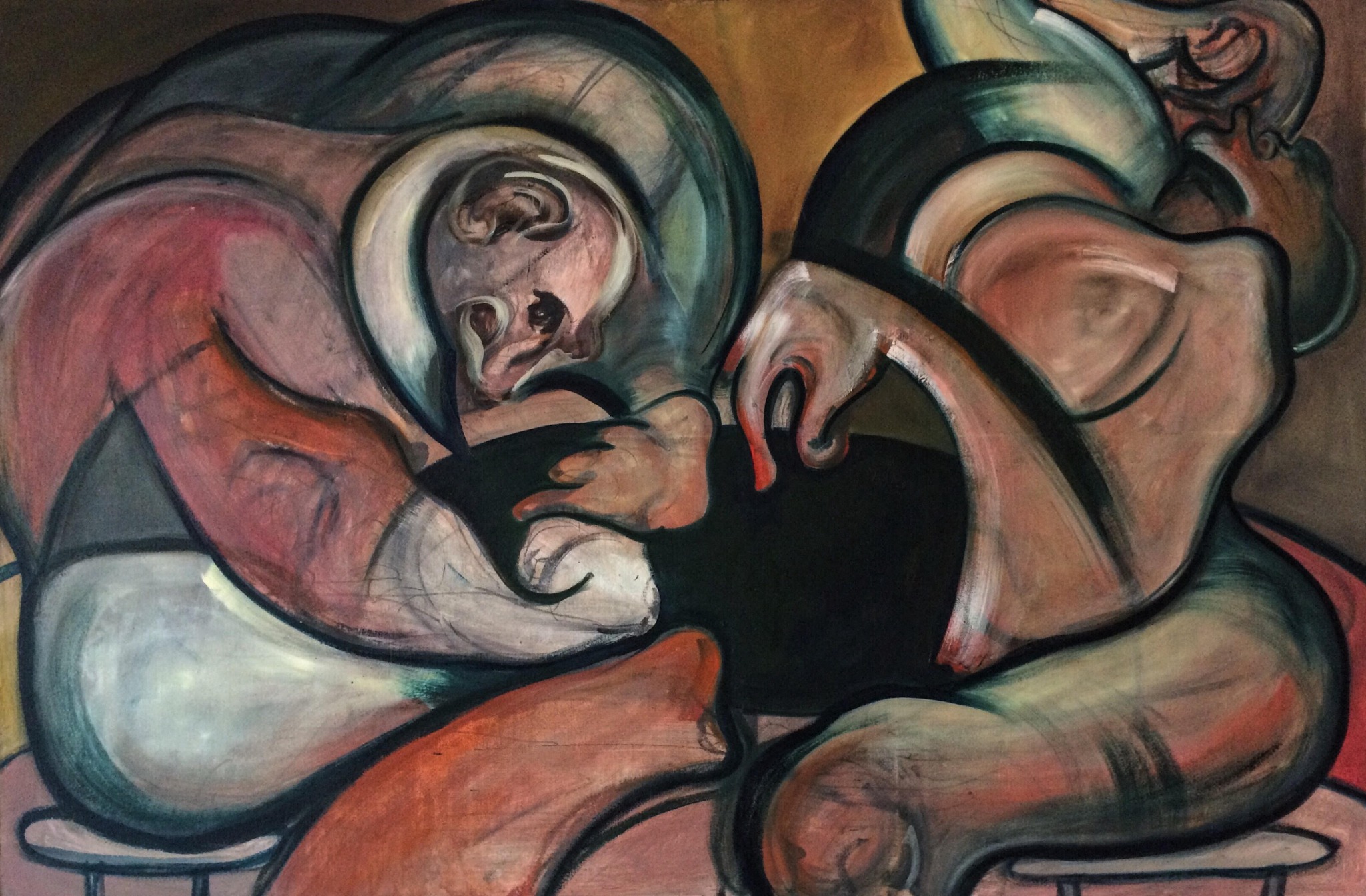
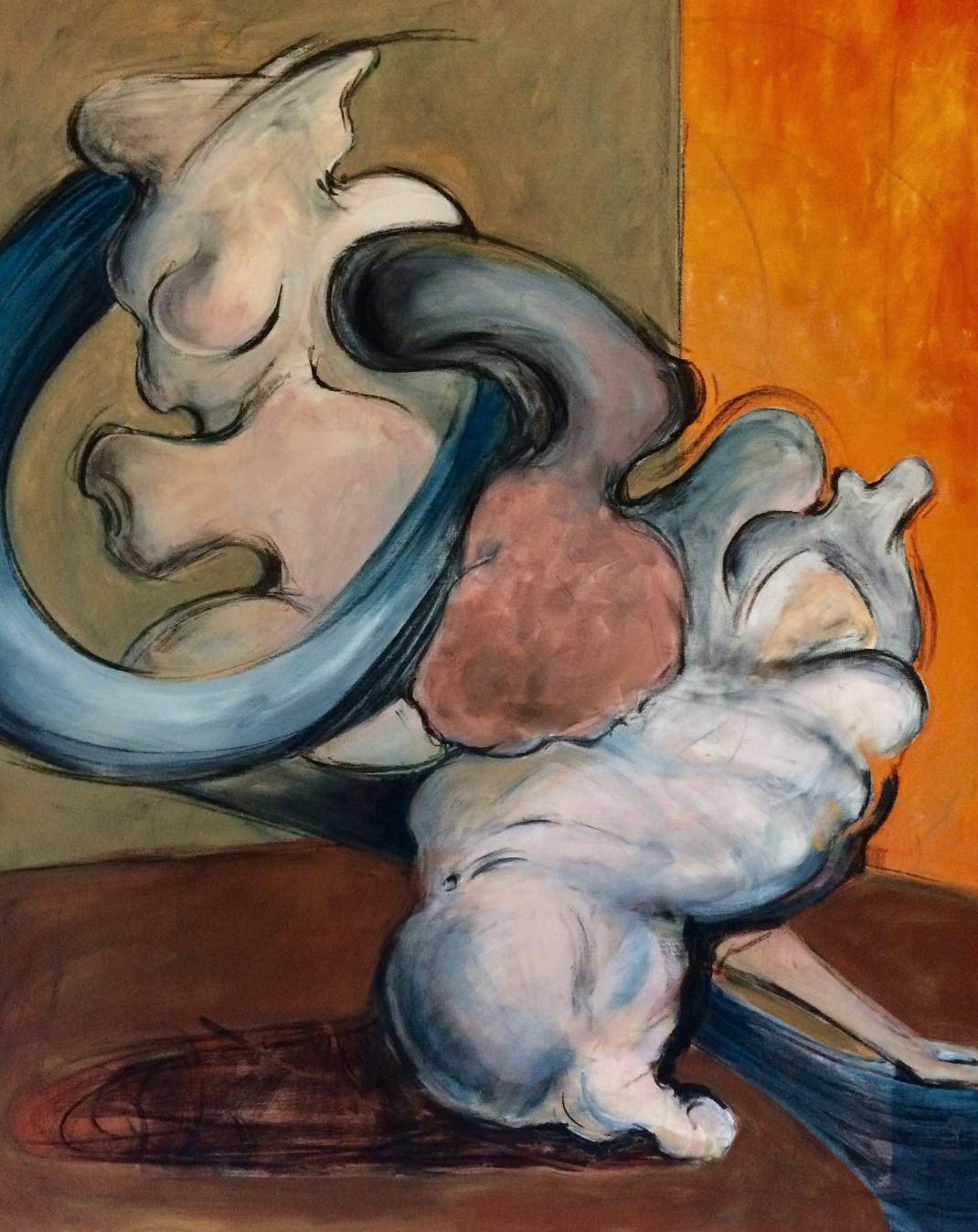 Favorite medium?
Favorite medium?
“I’ve been experimenting with different media over the past five years, but a simple water-based clay will probably always win. As a final product, I usually prefer the clay to be cast in bronze.”
What is your creative process?
“Like with anything, there are times when we feel compelled to create and there are times when its a real struggle. But I’ve learned that persistence is my friend. I work everyday and if I reach the point where I really want to give up—I mean outright, hysterical, ‘I’m-no-artist’ kind of giving up— and then I keep pushing forward, that’s usually when the best work happens.”
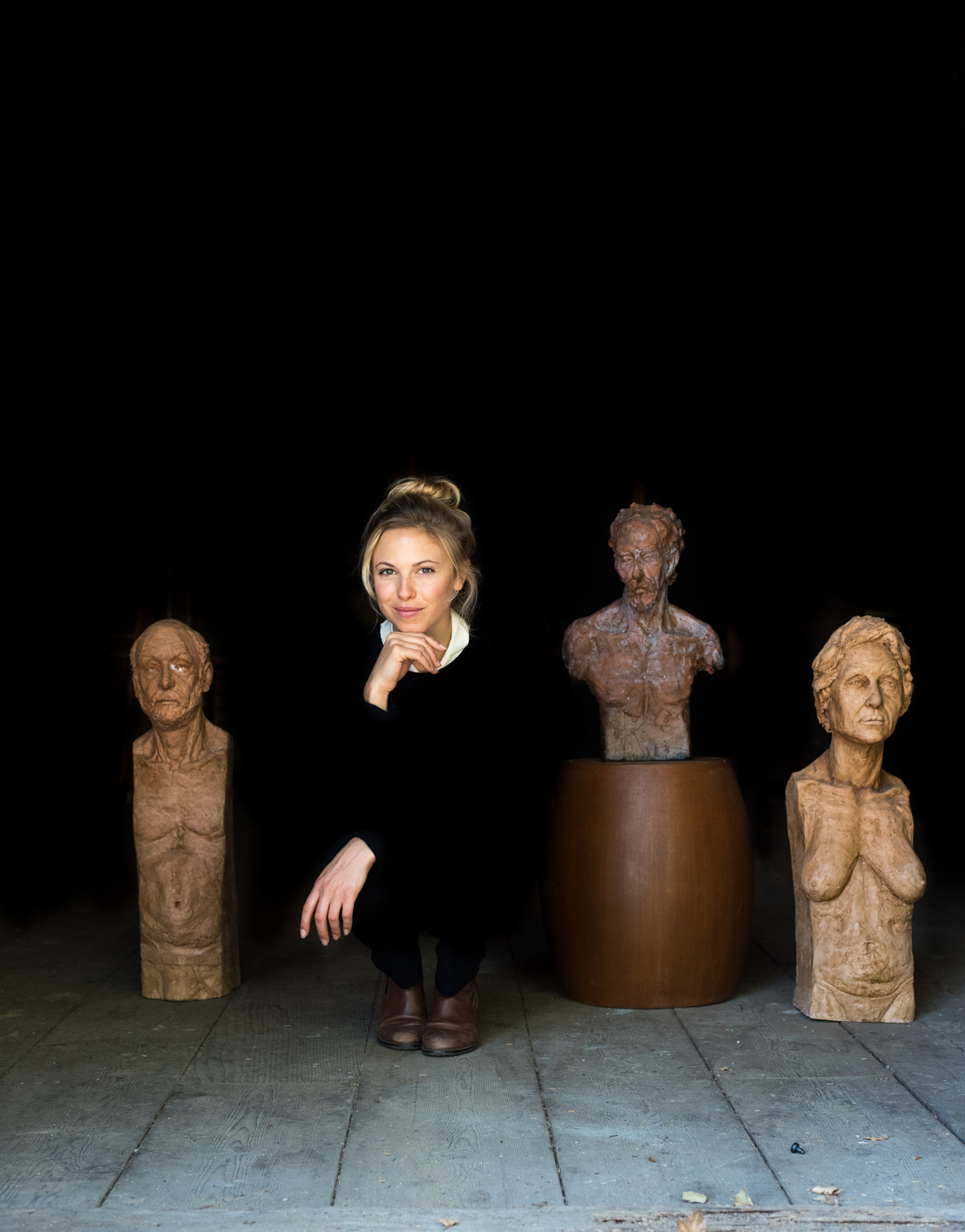
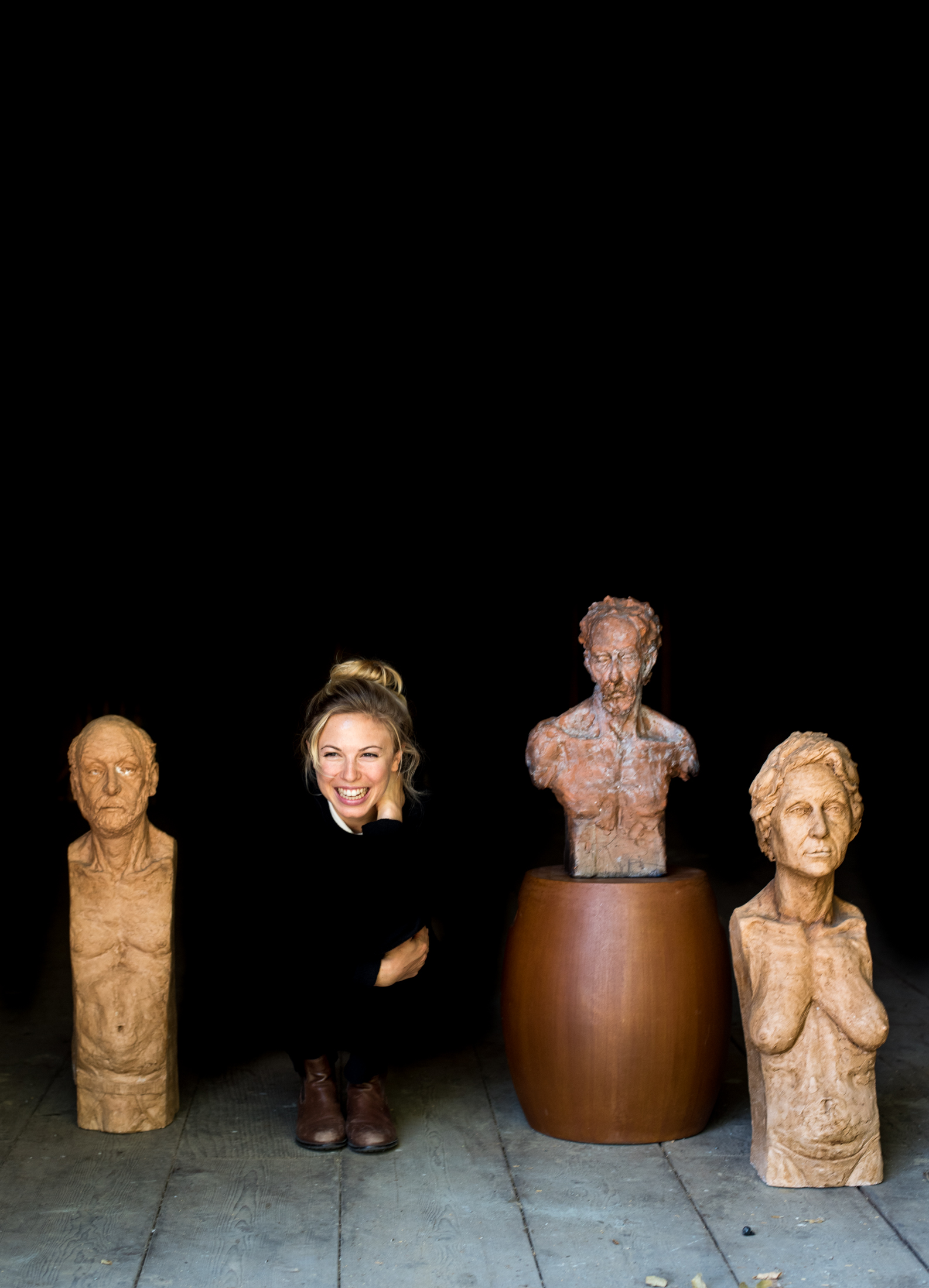 Favorite Restaurant in Beirut?
Favorite Restaurant in Beirut?
“There are so many. Lebanon also has great Armenian and Syrian food (there are about 160,000 Armenians living in Lebanon right now). One of my favorites is a tiny Armenian bistro called Onno in Bourj Hammoud. Makan usually has great art on the walls and it holds some of my dearest memories. The food changes every week but is nonetheless excellent. Casablanca is also great. I’d recommend Gram for lunch, for the food and the people and the heart and soul that’s gone into its opening. Though, one of the best meals I have had in Lebanon yet was actually in Nahr Al-Bared, a Palestinian refugee camp in the North about 20k south of the Syrian border. It was all prepared from a garden in the camp and exceeded standards not only in flavor but also in generosity, which is pretty remarkable considering how little they have to begin with.”
How has your style changed over the years?
“I began studying art in high school with almost no direction. To give you a sense, I tried to use water to thin my oil paints. I knew nothing but I was so eager just to make something. After some time studying in Florence with bronze and stone and marble figures at every stop, and maybe a hundred hours sitting beneath Perseus, I wanted to understand anatomy. I attended a university that enforced a kind of military approach to aesthetics and realism. This was all fine in the beginning, but after a while I started thinking about character and how realism sometimes leaves that out. So I got loose with my work and impulsive, and my teachers were getting hot-headed because I didn’t start the portrait with the cheekbones like they said I should or because the clay wasn’t quite as smooth as a boiled egg. Eventually I realized it was time to get out of there and into a place where I could experiment. I transferred to a more conceptually-driven institute where I was suddenly the classicist and so I started sprinting to catch up with everyone. I worked hard and produced a body of big sculptures in concrete and plaster. After that, Beirut happened, and for the first year I was quite unwell and wasn’t able to make much, but by the second year I was experimenting and exhibiting plenty. Now, after all that, I just want to take a few steps back and revisit reality. I think repeating this process in Beirut, the process of patiently pushing and deconstructing form, may take more time, but the work will be more whole and more genuine than it ever would have been had I stayed where I was.”
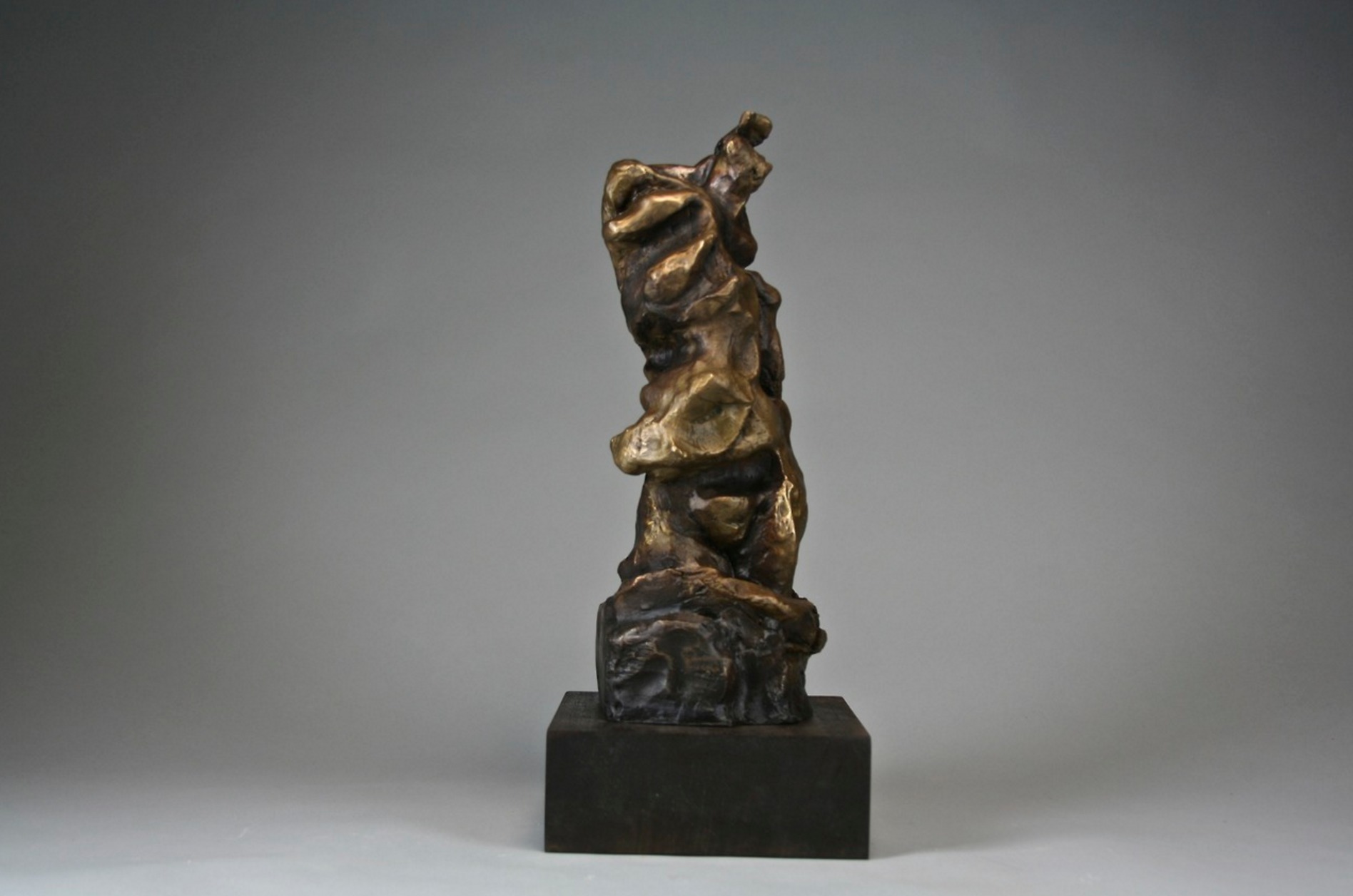
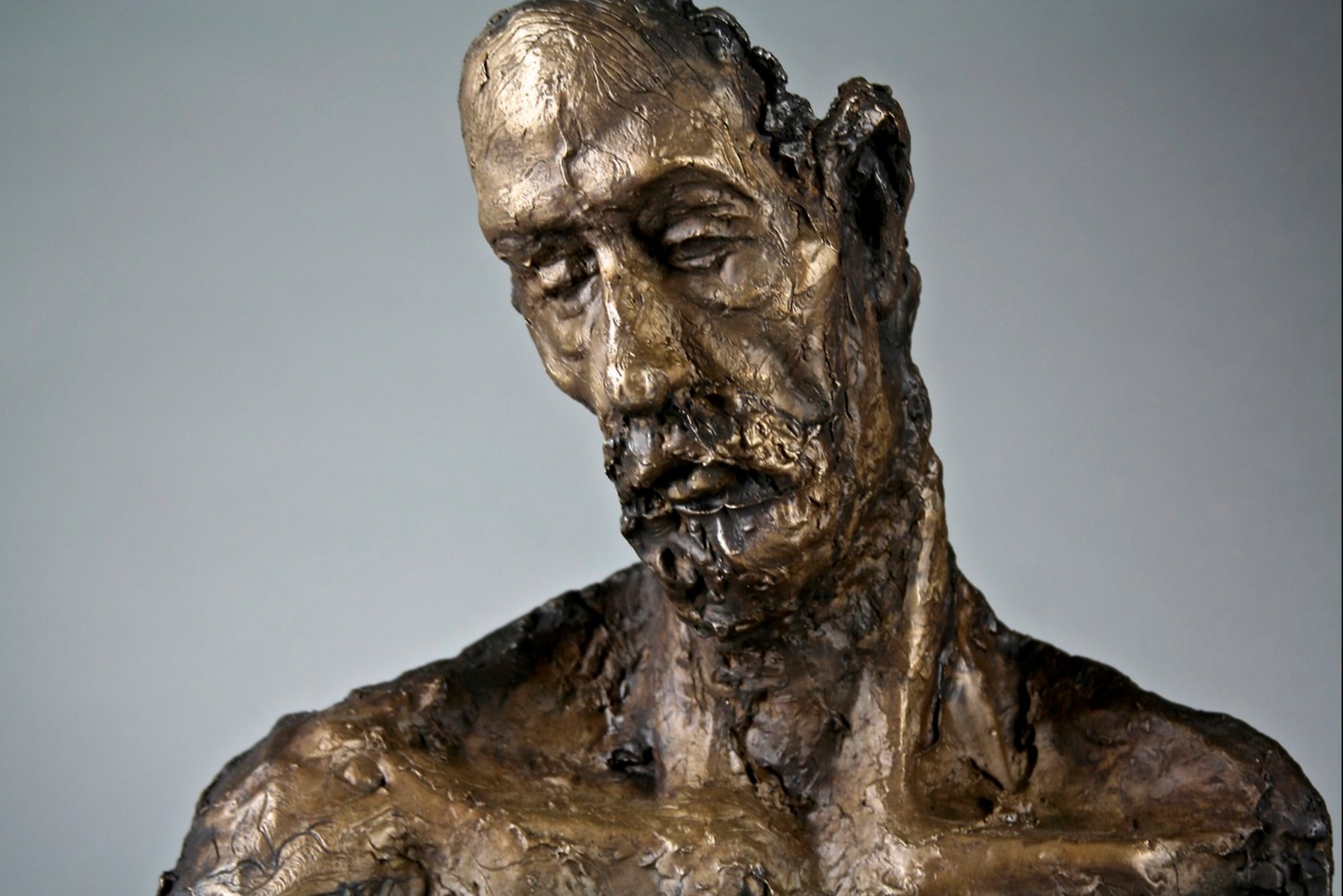 Talk me through a day in the life of Gianna Dispenza.
Talk me through a day in the life of Gianna Dispenza.
“I’m traveling now, but my days in Beirut have been pretty full. Around 7:15 I walk through Hamra to Ahmed’s car. Ahmed is my dear friend, my taxi driver, and something of an Arabic teacher for me. He takes me up to the mountains to a campus where I teach a kindergarten class for refugees, ages 4-5. After classes, I might go to a school on the outskirts of the Palestinian refugee camps in the southern suburbs where I meet two other teachers and we hold an English support program. Or, depending on the day, I’ll head back to Beirut and start sculpting. I usually need about an hour to decompress at home after work then I’ll sculpt or paint though the evening. If it’s a figurative collection, friends or neighbors or strangers will come model for 2-4 hours after work. At sunset I run or walk along the corniche (a long path along the shore), or go to our friends house by the sea. We meet on his roof or balcony and swim or talk and they all play music (I may or may not have thrown down a few notes on the flute). Anyway, it’s calm and it’s beautiful. Sometimes more friends come model at night; they stumble in around 11 and recline into a snoring pose on my studio floor. The past six months have been pretty demanding, and so I’m looking forward to a summer with a bit more of the snoring for myself.”
What are you working on right now?
“I’ve been on the road but I did fill a suitcase with clay, which, my travels have taught me the hard way, bears a striking resemblance to C-4. I’ve been doing sketches and figure studies as I go along. Once I get back to Beirut I’ll most likely work on a simple series of ceramic busts. I see myself returning to the figure more and more right now, emphasizing form and unity.”
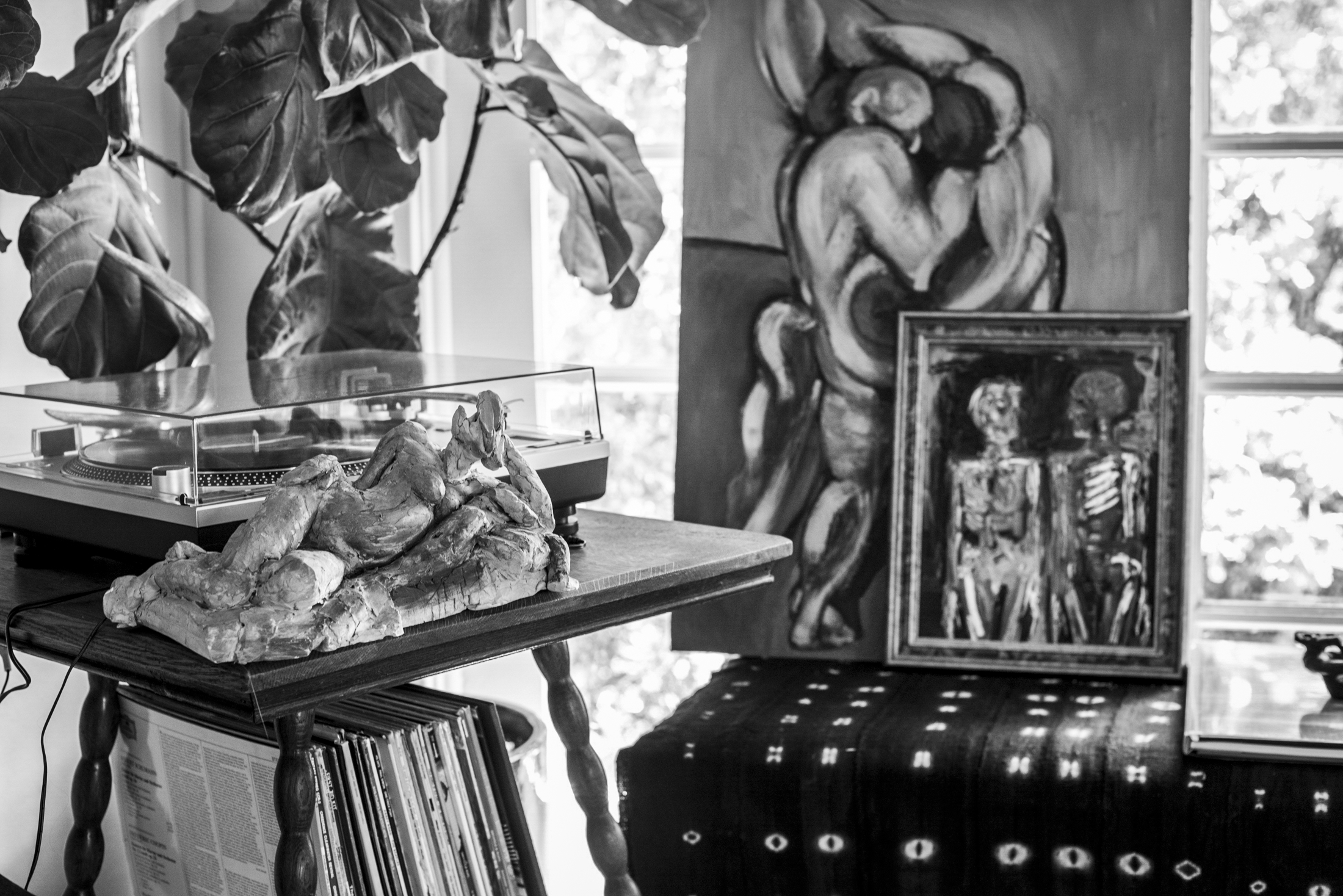
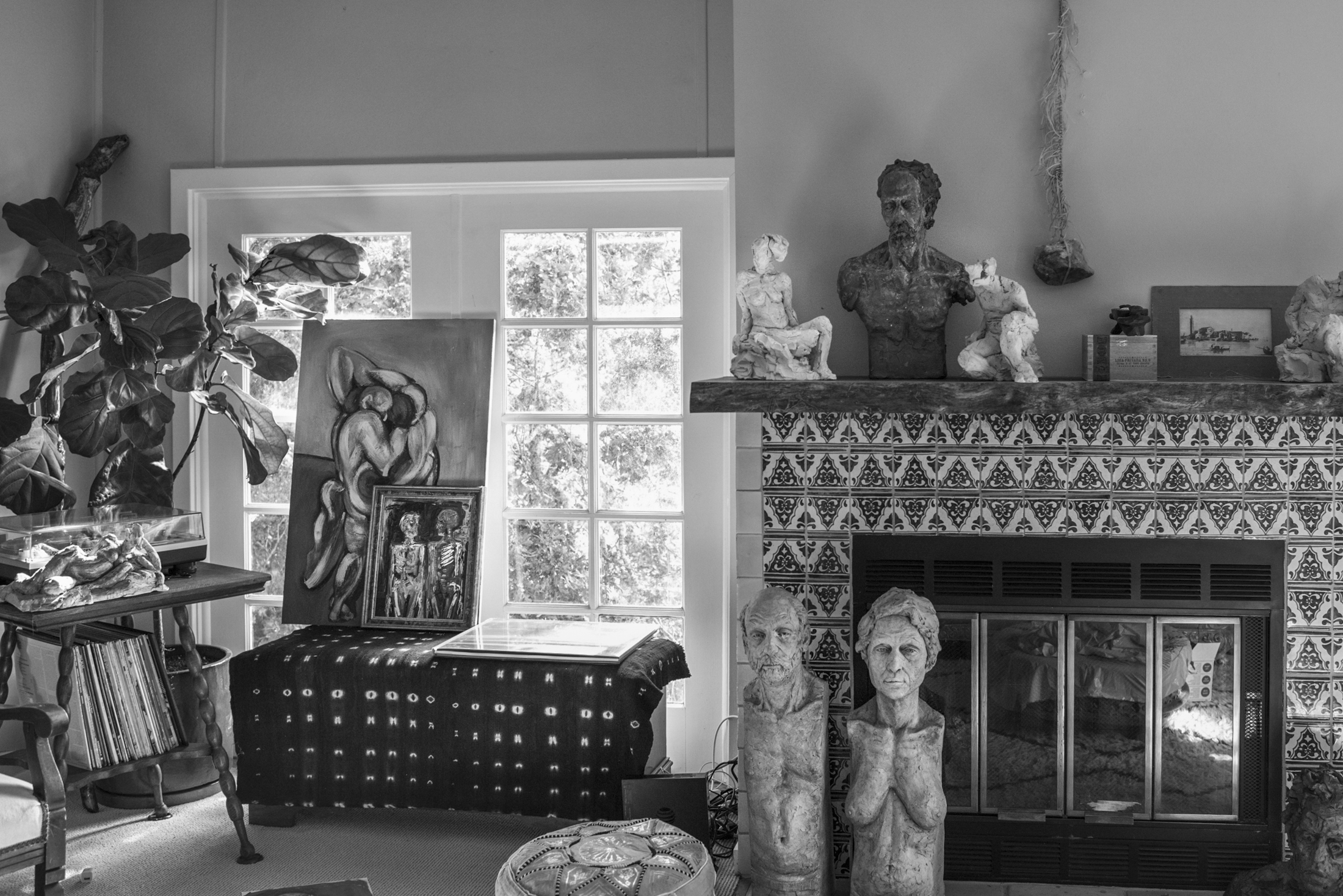
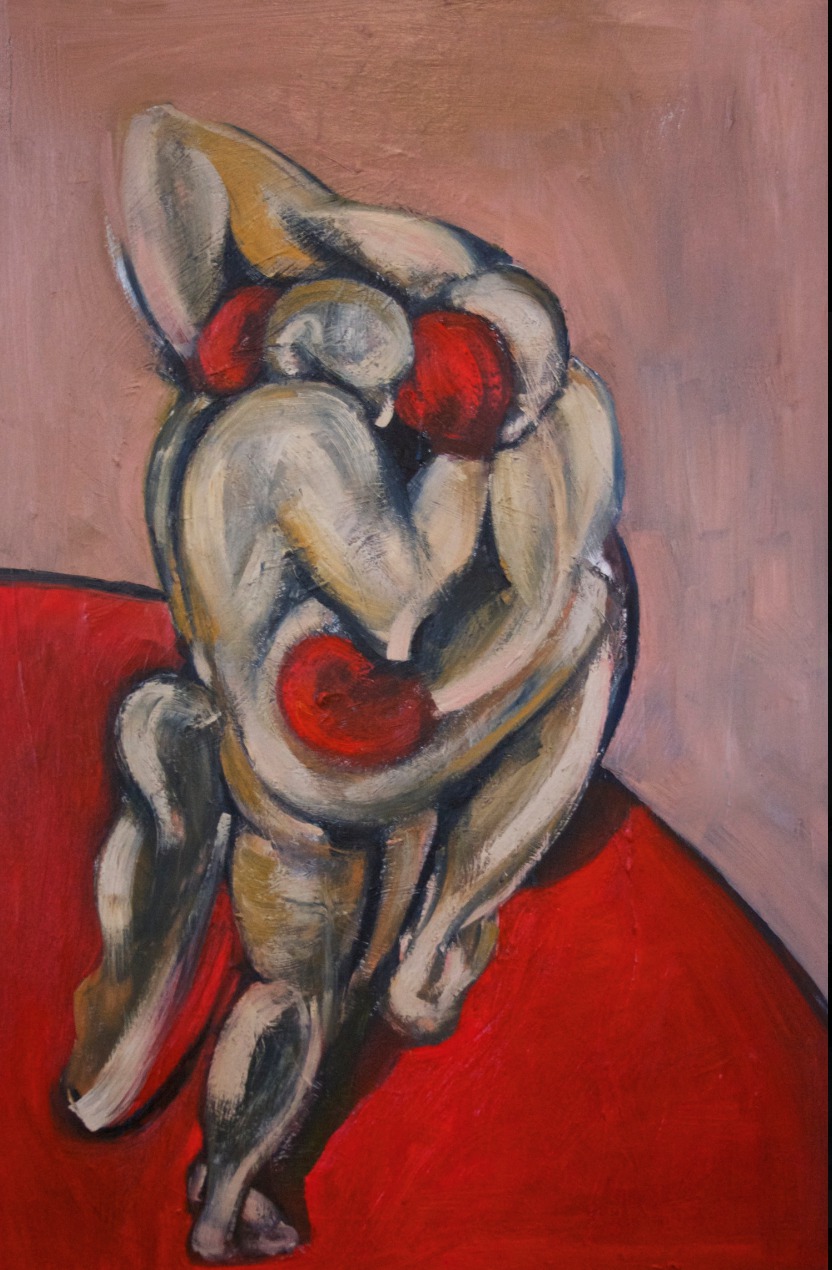 What artists influence you most?
What artists influence you most?
“The beautiful thing about studying art history is that artists tend to layer and build on each other over time. That layering is what excites me. But there is an abundance of artists whose work has influenced my own, and I could go down that road but it might test even the avid reader’s attention span. To name a few: Van Gogh, Bacon, Calder, Dubuffet, Hesse, Gorky, Abakanowicz, Rodin, De Kooning, De Keersmaeker.”
What are four things most people do not know about you?
“One thing I’ve struggled even to define for myself and in my work is a feeling of existing in liminal spaces. Coming from a background of extreme opposites has made me feel like a bunch of very different people are all paying tug-of-war with one brain. This might be why I connect in the way that I do with the people in the camps, because their liminal existence humbles my own. The work I am doing with refugees is also probably something most people don’t know about me. It’s been one of the best experiences I’ve had—getting to know all of these people and their stories and characters. In doing this work, I found out that teaching is awesome and hugely gratifying. And lastly, I don’t ever want only to be an artist. I’ll always need to keep my mind challenged and my heart engaged with something outside of myself and I feel lucky to be in a place where all of those things are happening.”
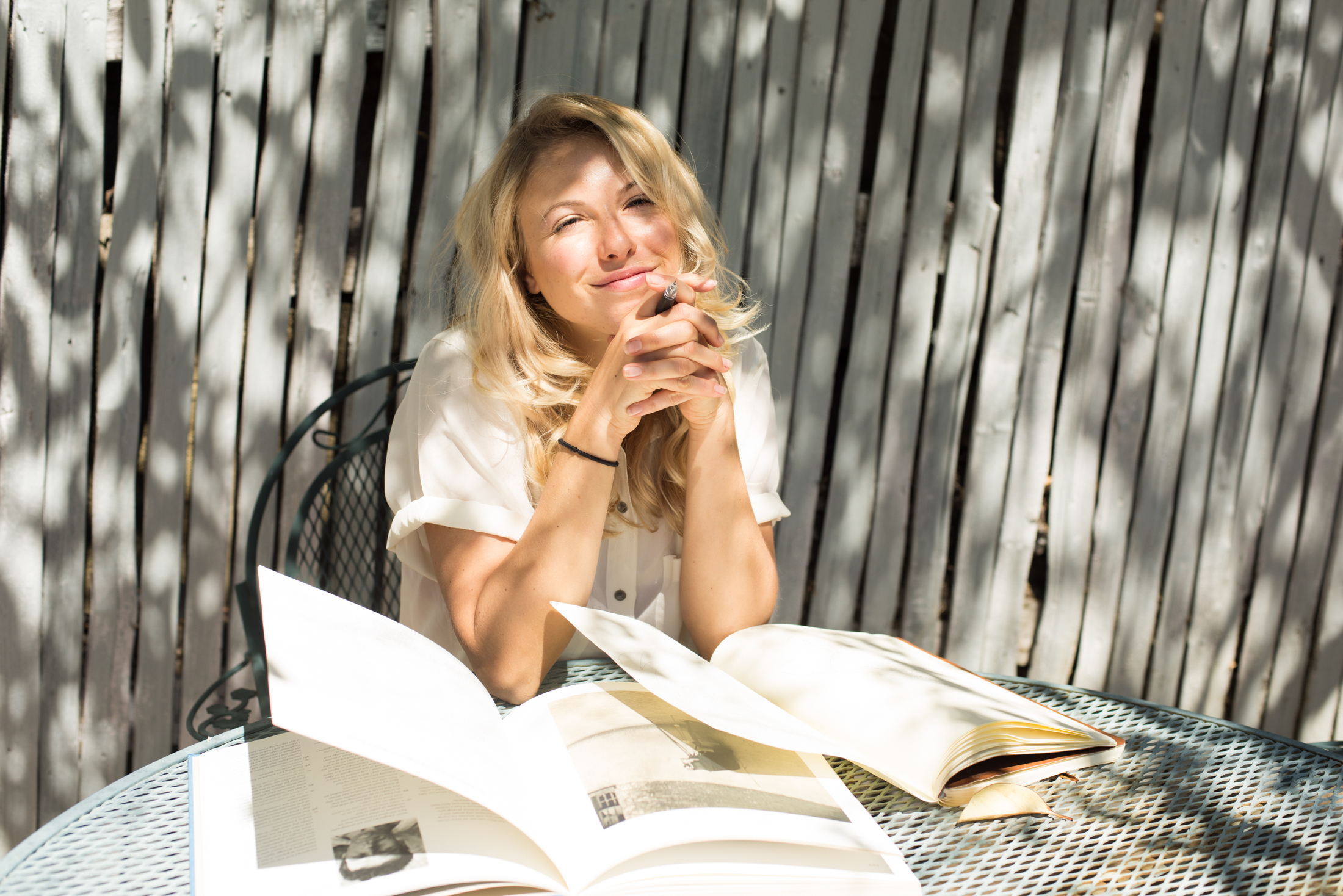
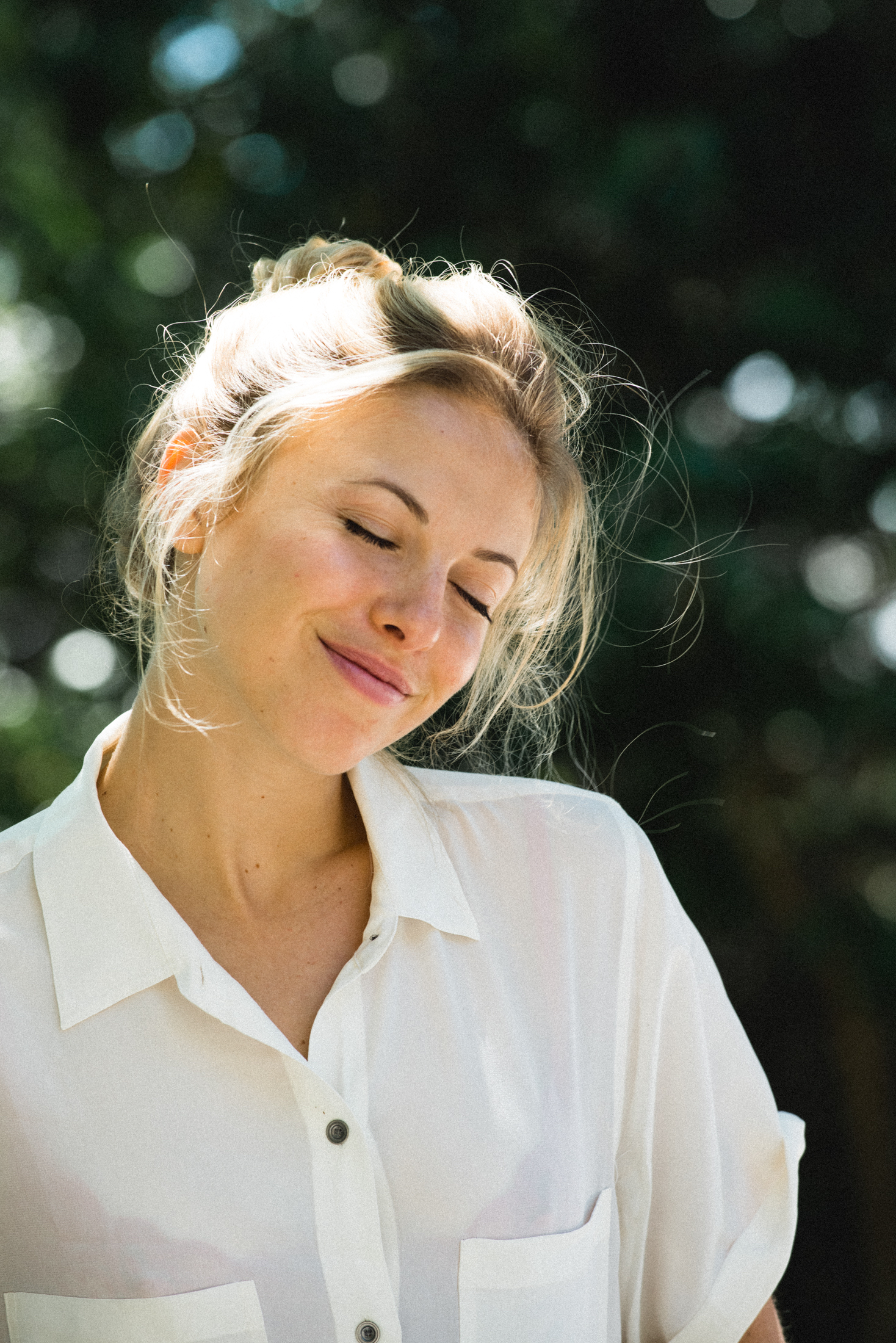 Where to next?
Where to next?
“I’ll be in Beirut for at least another year, hopefully. After that I really do not know.”
Where can we follow you?
Website: giannadispenza.com
Tumblr: giannadispenza.tumblr.com
Instagram: @giannadispenza


